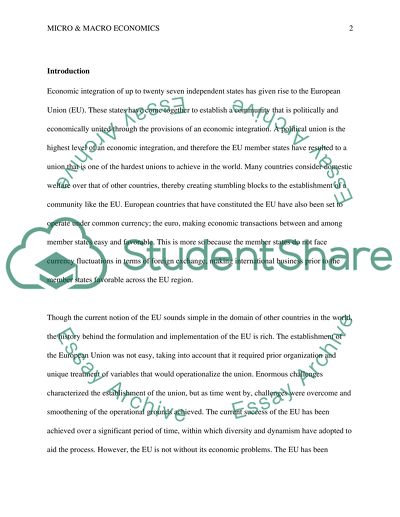Cite this document
(“EU crises from microeconomic point of view and future of EU Assignment”, n.d.)
Retrieved de https://studentshare.org/macro-microeconomics/1392880-eu-crises-from-microeconomic-point-of-view-and
Retrieved de https://studentshare.org/macro-microeconomics/1392880-eu-crises-from-microeconomic-point-of-view-and
(EU Crises from Microeconomic Point of View and Future of EU Assignment)
https://studentshare.org/macro-microeconomics/1392880-eu-crises-from-microeconomic-point-of-view-and.
https://studentshare.org/macro-microeconomics/1392880-eu-crises-from-microeconomic-point-of-view-and.
“EU Crises from Microeconomic Point of View and Future of EU Assignment”, n.d. https://studentshare.org/macro-microeconomics/1392880-eu-crises-from-microeconomic-point-of-view-and.


